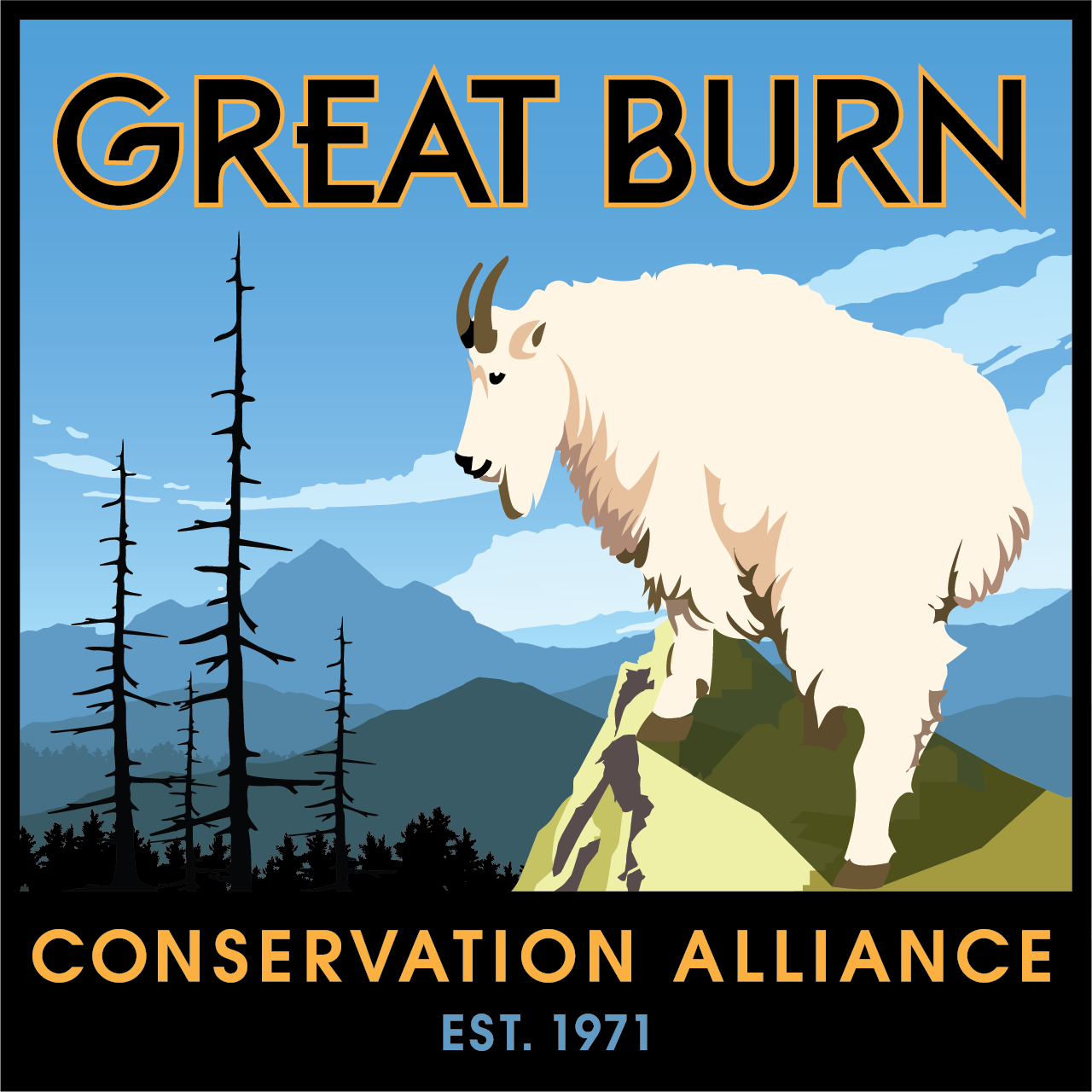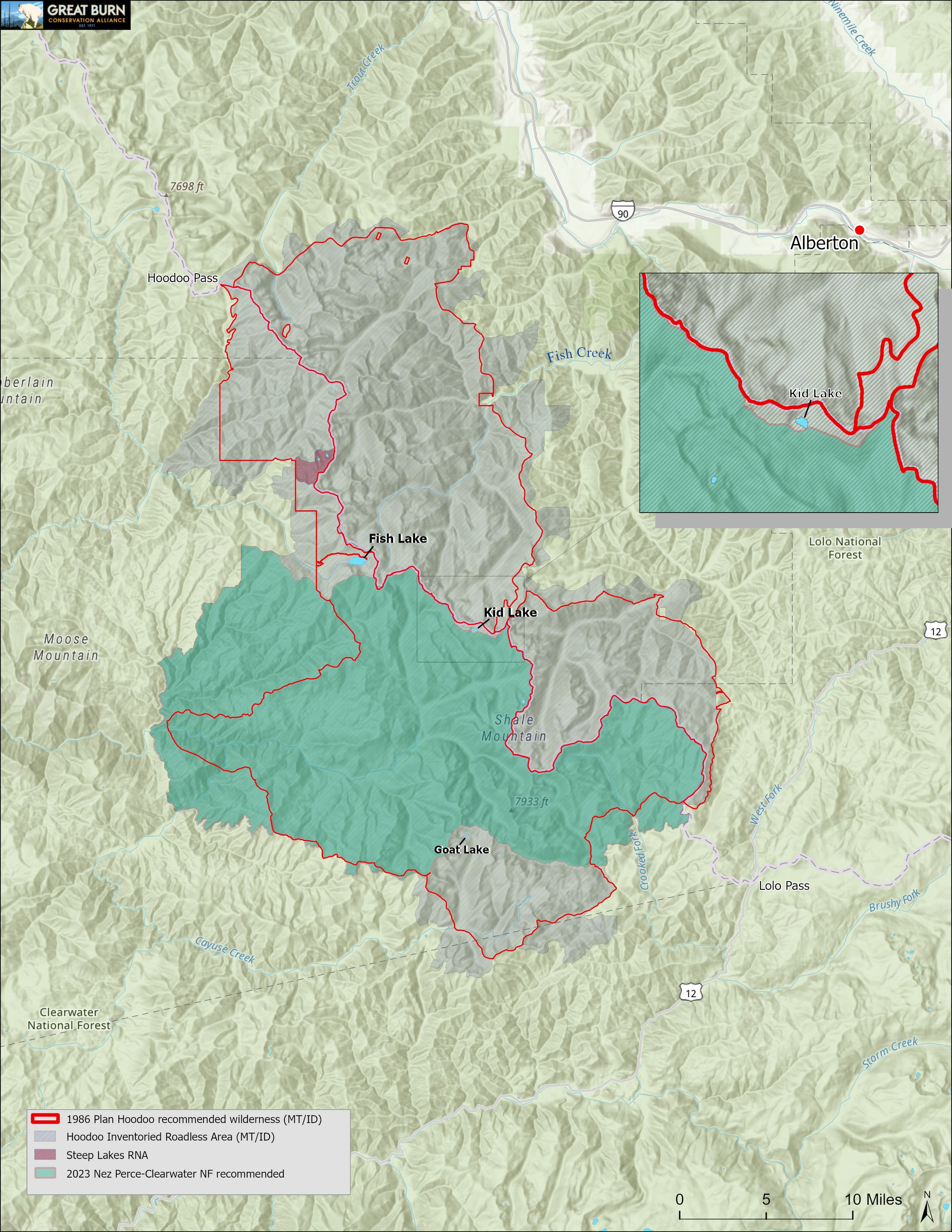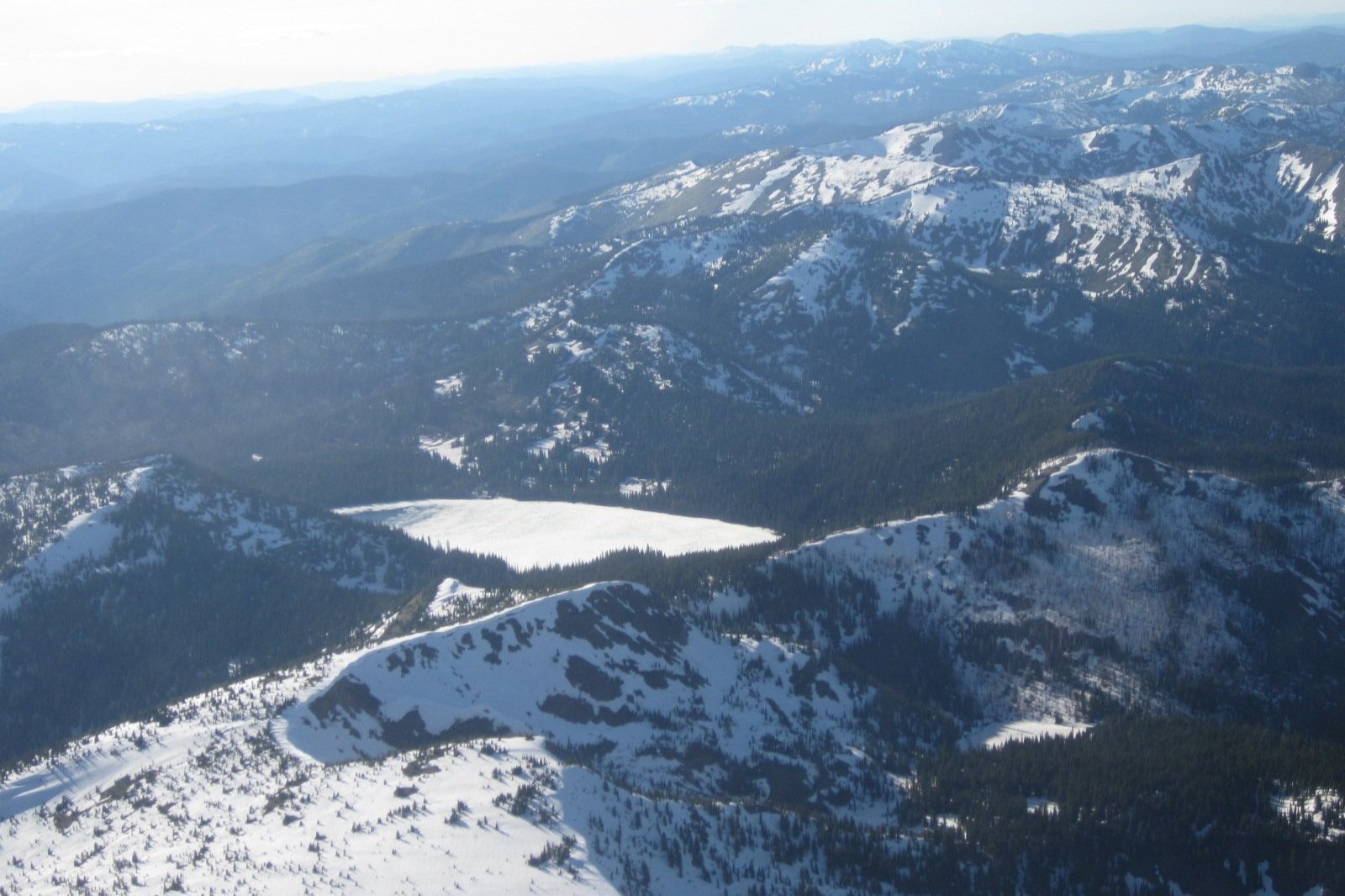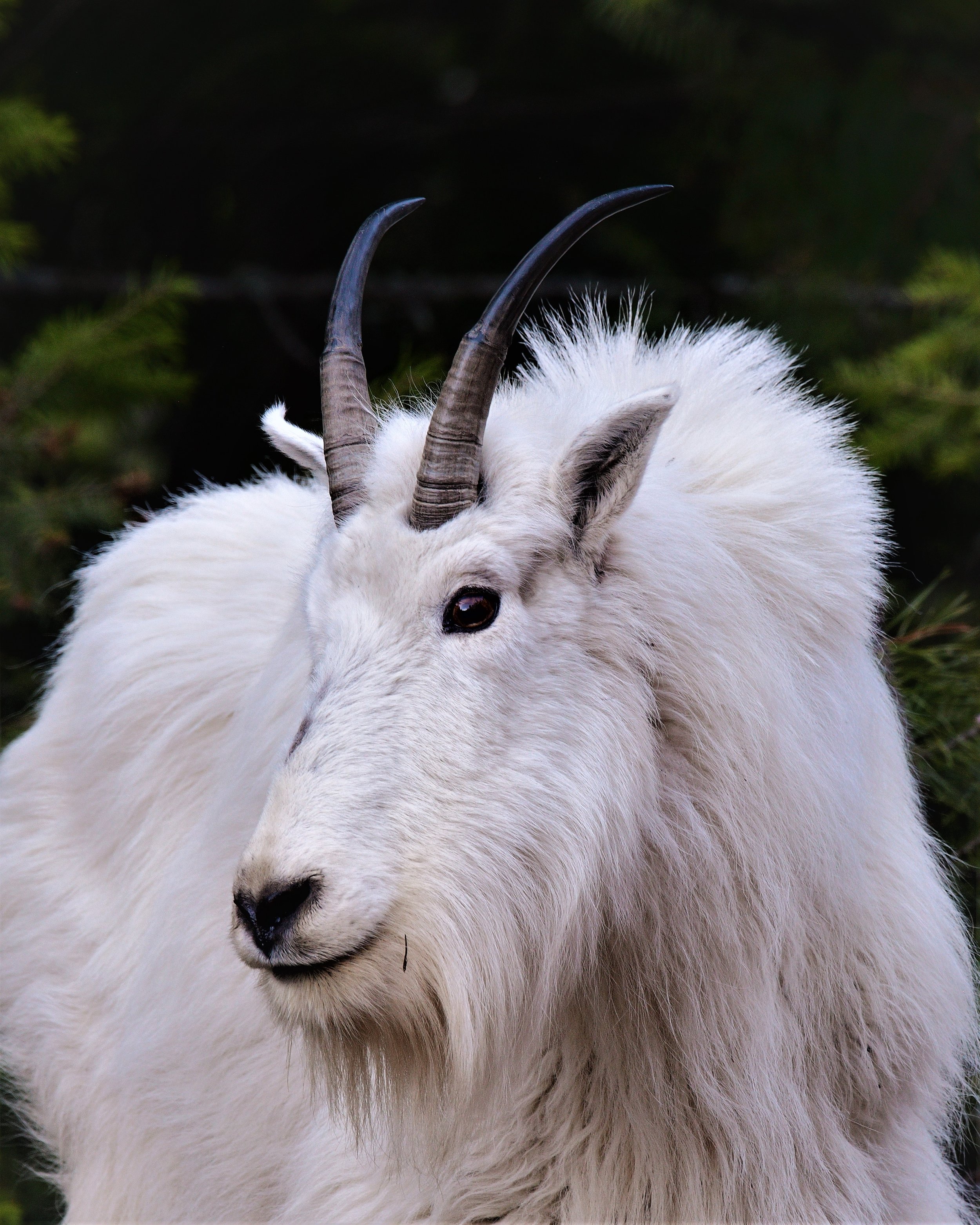On November 28th, the Nez Perce-Clearwater National Forest made public the Final Environmental Impact Statement, Record of Decision, and Draft Final Plan. Disappointingly, the Nez Perce-Clearwater Forest Plan is designating only 108,276 acres of the 151,874-acre Hoodoo roadless area as recommended wilderness, opening nearly 40,000 acres of crucial wildlife habitat to snowmobiling and mountain biking.
The plan proposes excluding two significant segments from the Great Burn recommended wilderness: a northern portion from Fish Lake extending north to Hoodoo Pass and a southern area encompassing Blacklead Mountain and Goat Lake. These areas offer some of the most valuable wildlife habitat within the entire forest. The decision to exclude these areas from recommended wilderness status was unfortunately influenced by the aim to legitimize ongoing illegal snowmobile use in an area that has been suggested for wilderness protection since 1987. Furthermore, the proposed plan includes opening trail 738 along the stateline to accommodate mountain biking.
The final draft plan also lacks specific guidelines for protecting vulnerable wildlife species such as wolverines, mountain goats, and grizzly bears.
Why is this important?
The Hoodoo Roadless Area, commonly known as the Great Burn, stands as one of the largest and wildest unprotected roadless areas in the contiguous United States. It spans the Idaho/Montana border and 2 National Forests totaling roughly 252,000 acres. Its significance on a national scale is underscored by the Forest Service, which has consistently recognized its wilderness value, advocating for a Wilderness designation since the 1980s. The area also received one of the highest possible ratings during the RARE II inventory completed in the 1970’s.
This region provides a critical wildlife corridor connecting the Crown of the Continent and Selkirk-Cabinet Yaak ecosystems with central Idaho’s wildlands and the Greater Yellowstone Ecosystem. It is home to native mountain goat herds as well as many recovering and species of concern, including lynx, fisher, wolverine and rare native trout. It is also a key corridor for the recolonization of grizzly bears in the US Fish and Wildlife Service Bitterroot Ecosystem Recovery Area. As it stands, the plan contains no binding wildlife standards necessary to ensure species survival.
The Nez Perce Clearwater National Forest is in the final stages of Forest planning. The decisions made now will have lasting impact on the entire Hoodoo Roadless Area for decades to come.
Wolverine
The U.S. Fish & Wildlife Service listed the wolverine as threatened under the Endangered Species Act just one day after this plan was released. One of the drivers behind the listing decision is recent climate change modeling and the negative effect on persistent spring snowpack. Wolverine females make dens in spring snow, so having habitat with deep and persistent spring snowpack is crucial for the species’ survival. The Hoodoo Roadless Area has some of the most persistent and deepest snowpack in the entire region.
Research has shown that off-road motorized winter recreation has serious consequences for female wolverines. One-fifth of the wolverine maternal denning habitat on the Clearwater side of the forest is concentrated in the Hoodoo Roadless Area, and if you subtract the denning habitat that is south of Highway 12, then the percentage jumps to 52 percent. The Forest Service should not be opening important habitat for a threatened species, and the final plan must include binding standards to ensure the species’ survival.
Mountain Goats
Mountain goats along the stateline trail #738. Photo courtesy of Alex Kim
The plan includes NO plan standards for mountain goats or efforts to safeguard their habitat.
The Blacklead Mountain herd has been struggling for years. In 2010, Idaho Fish and Game counted 56, but by 2017 only 7 were counted. Opening this area to snowmobiles will not benefit this struggling herd.
The recent identification of the mountain goat as a "species of conservation concern" on the Lolo National Forest underscores the need for specific plan components to ensure their long-term viability. This decision is on a per-forest basis and is made by Regional Forest Service staff. Both the Lolo National Forest and the Nez Perce-Clearwater National Forest are managed by the same regional office. However, the proposed decision to have mountain goat plan standards in Montana and zero standards in Idaho for one contiguous roadless area is incongruous with the regional analysis and decision that showed mountain goats were in need of protection.
Many people feel snowmobiles do not have a lasting impact on the Forest landscape. We strongly disagree with this concept. Research has shown that subnivean snow layers can be crushed, impacting fragile plant and animal communities below.
Fish Lake is part of the area being opened to winter motorized use in the new Nez Perce-Clearwater Forest plan.
This forthcoming forest plan will dictate the management of the nearly 4 million acre Nez Perce-Clearwater National Forest for the next 20-30 years. It's imperative that the entirety of the Hoodoo Roadless Area, totaling 151,874 acres in Idaho, be managed as Recommended Wilderness.
What’s next?
There's still an opportunity to influence the contents of this forest plan! A 60-day window is now open for submitting "objections" to the plan, allowing stakeholders to propose alterations before the Forest Supervisor's final approval. Objections are due by January 29, 2024. Although the Forest Service is technically obligated to consider objections only from individuals who participated in previous stages—such as the scoping phase in 2014 or the Draft Environmental Impact/Draft Plan phase in the winter of 2019 through the spring of 2020—there's a collective encouragement for all interested parties in this planning effort to voice objections. This collective action aims to demonstrate substantial opposition to the proposed plan to the Forest Service.
Following the objection period, the Forest Service is mandated to conduct objection resolution meetings within 90 days. Those who have submitted objections and previously provided comments will receive invitations to these meetings. This presents a crucial opportunity to directly convey concerns to the Forest Service and participate in the resolution process.
Have questions? Feel free to reach out to Hayley@greatburn.org for more information.











